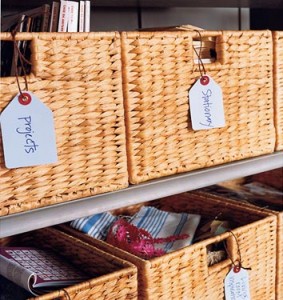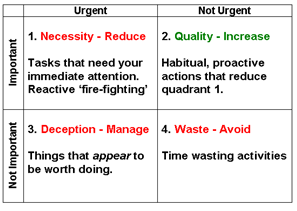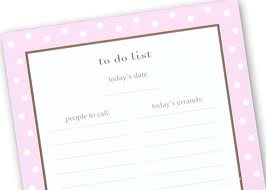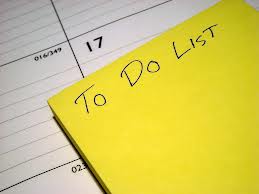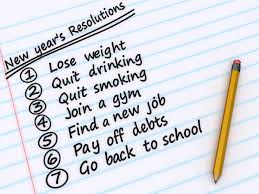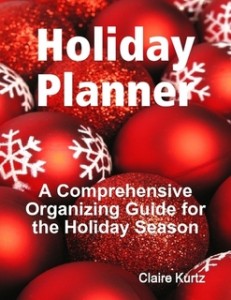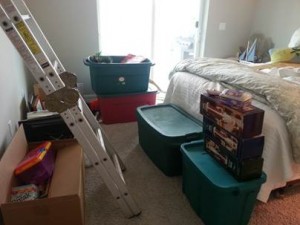There often comes a point in ones life where they decide downsizing is a good option. Maybe you are looking to reduce cost of living or maybe you just don’t have use for all of the extra rooms anymore. Either way, the process can sometimes be difficult, as reviewing and deliberating on what to keep and what to get rid of can be emotional. These are belongings you’ve likely had more many years and letting go of them forever is not easy. We’ve helped clients with this process in the past and have found a few general guidelines to be helpful:
1) Give Yourself Time: The process of downsizing, if possible, should be done over the course of several months. Once you decide a move is possible, begin to slowly start reviewing your belongings room by room. Do a little each day or a couple of rooms each weekend until you have made it through the lot. If it helps, use small post-it notes to designate keep, sell, donate or trash.
 2) Work with a Friend or Professional: Having a friend or a professional organizer assist in the process can be great. They are able to offer neutral viewpoints on whether to keep certain items, ask questions that will help guide you to make decisions, and organize the process in an efficient manner (if working with a professional).
2) Work with a Friend or Professional: Having a friend or a professional organizer assist in the process can be great. They are able to offer neutral viewpoints on whether to keep certain items, ask questions that will help guide you to make decisions, and organize the process in an efficient manner (if working with a professional).
3) Sell vs. Donate: This is a common question. While selling all of the belongings can result in extra money, it can also be a great deal of work. When deciding if the investment in time is worth it consider the following questions. If your answers to these questions are mostly yes, it may make sense for you to organize an estate sale, a garage sale, or sell the items via Craigslist. If not, donation is likely your best option.
- Are the items valuable?
- Are the items estate sale quality?
- Are the items in good to excellent condition?
- Are the items useful today? (i.e. selling a VCR probably isn’t worth the effort, but a recently purchased iPhone might be)
- Are the items unique or potentially collectables?
4) Think Rationally, Not Emotionally: When reviewing items in your home, attempt to think about each item in a rational way. In addition to remembering the emotional connection you have with the item, also evaluate it’s frequency of use. While it may be something you liked years ago, if it hasn’t been touched since then, it probably isn’t going to be missed if you let it go.
Good luck in your downsizing!
TWOW

